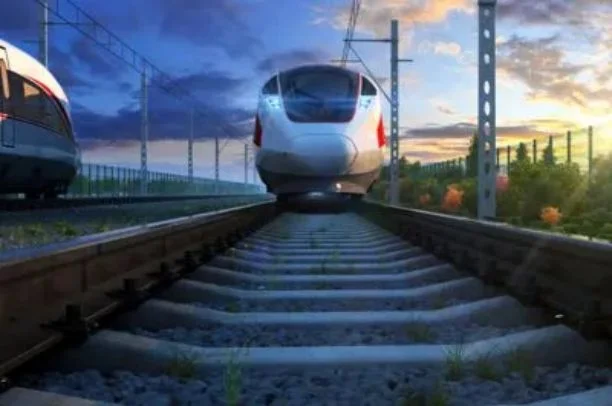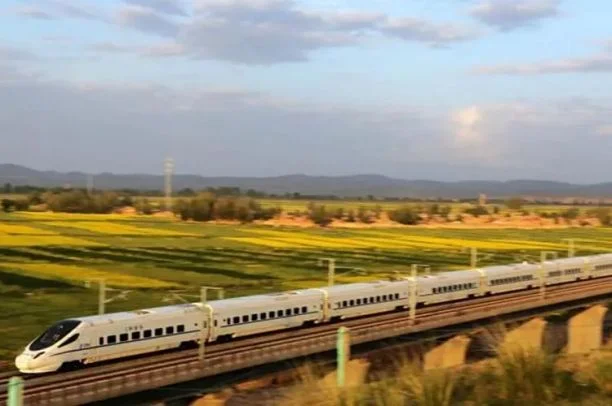Rail Train/Locomotive
- Rail trains, commonly known as locomotives, are powerful vehicles designed to haul and move trains along railway tracks.
- There are various types of locomotives, each designed for specific purposes. The main categories include: Diesel-electric locomotives, Electric locomotives, and Steam locomotives.
- Locomotives are complex machines with several essential components, including: Prime mover, Traction motors, Control systems, and Cab.
- Locomotives used for freight transport are designed to haul heavy loads, while passenger locomotives prioritize speed and passenger comfort.
- High-speed rail trains are equipped with advanced technologies and streamlined designs to achieve high speeds, making them ideal for intercity and high-speed rail services.
- Articulated locomotives feature multiple connected units with shared power and control systems. They provide improved traction and flexibility for navigating tight curves and gradients.
- Locomotives operate within railway networks, which consist of tracks, stations, and supporting infrastructure. Railways play a critical role in transporting goods and passengers across vast distances efficiently.
- Railways employ signaling and safety systems to control and manage train movements, ensuring safe distances between trains and preventing collisions.
- Advancements in technology, such as the use of artificial intelligence, predictive maintenance, and energy-efficient designs, are shaping the future of locomotives, making rail transportation even more efficient and sustainable.
- Locomotives have a rich history and continue to be an essential mode of transportation for both freight and passengers worldwide. As the world seeks greener and more efficient transportation solutions, locomotives remain a key component of sustainable and mass transportation systems.



Any Queries?
Get Instant Feedback From Our Experts
Send us a message to get a personalized quotation with up-to-date prices or for
any other questions. Our team would be more than happy to get back to you ASAP.


